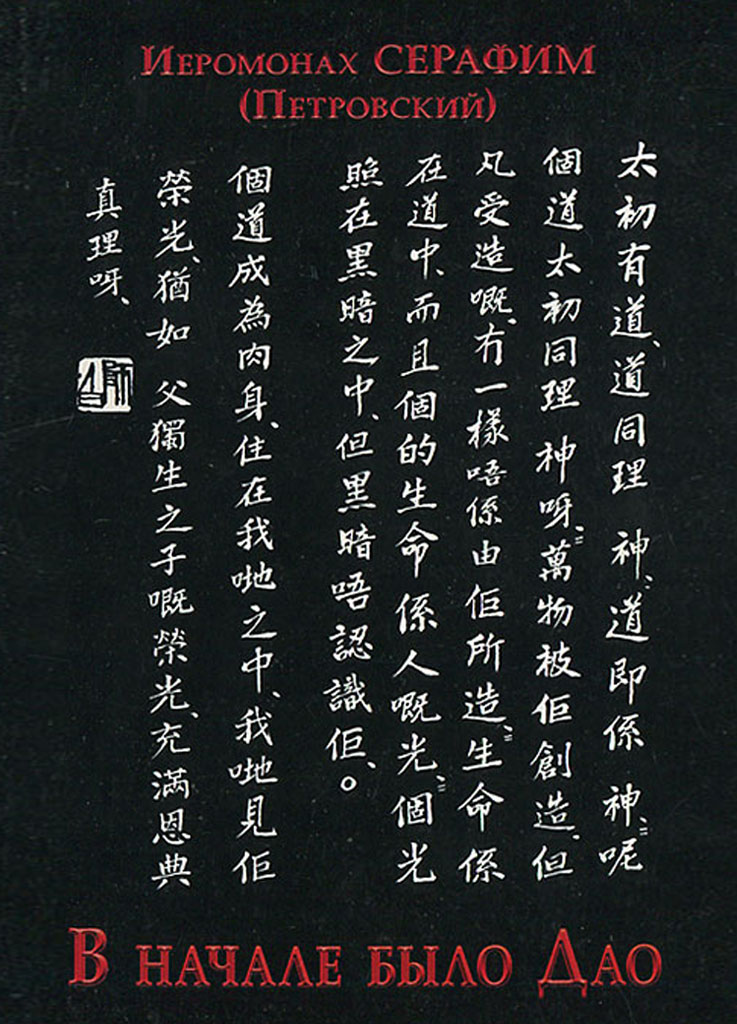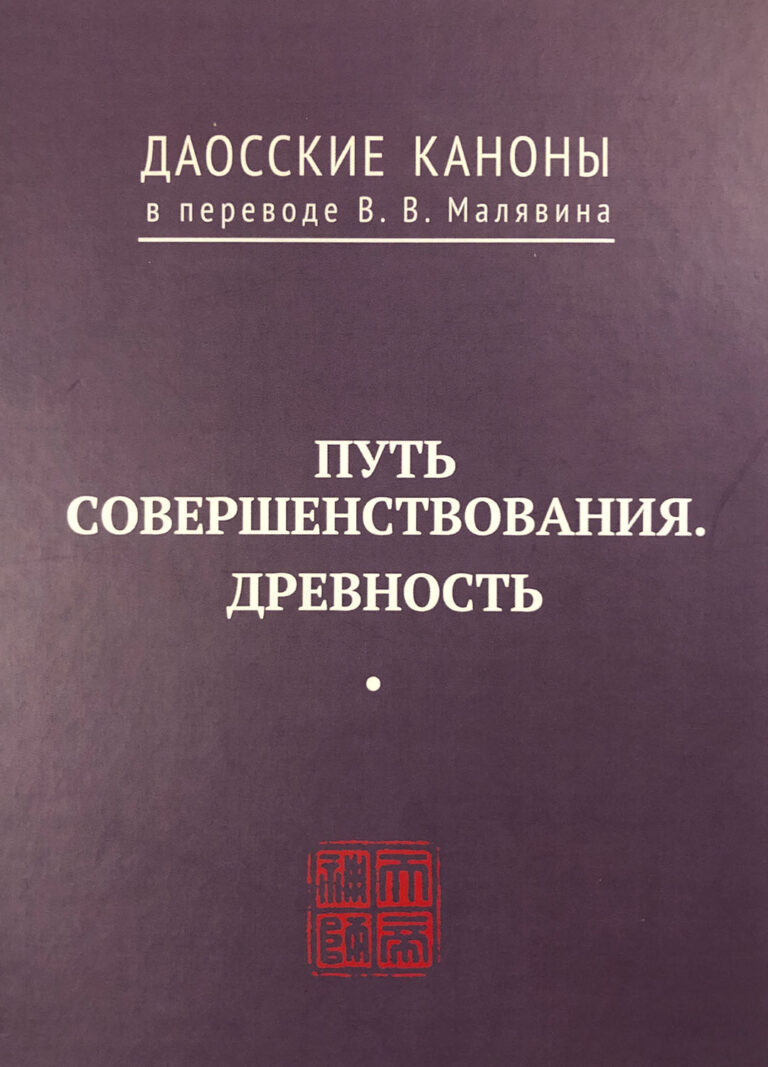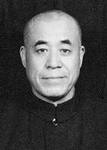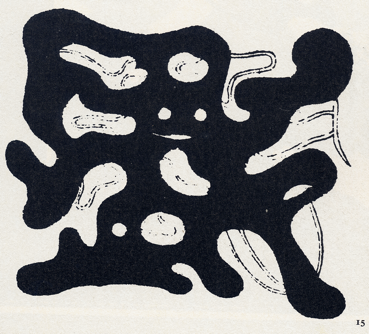HARMONY AND BEYOND
cultural communication conceived in China as “subtle coincidence” (miao qi, 妙契), “hidden correspondence” (yin fu, 阴符), “concealed communicability” (xuan tong, 玄通) etc.
A story from the ancient Taoist book Lie-zi about a certain sage Kang Cang-zi gives a clue to the existential background of this phenomenon. Kang Cang-zi declares that he “can see and hear without using his eyes and ears”. This is possible because “his body is in accord with the mind, his mind is in accord with the vital force (qi), his vital force is in accord with the spirit and his spirit is in accord with Non-Being”. As a result, Kang Cang-zi is able to detect all events in the universe “without being aware whether he perceives them with his senses or with his mind. This knowledge comes by itself and nothing more”. The story goes on to say that Confucius on hearing Kang Cang-zi’s words “smiled and said nothing”[1]. The smile of Confucius, just like the smile of Buddha and similar gestures of many Asian sages after them, indicates the situation of non-duality of oppositions, the presence of infinity in finiteness that cannot be expressed by speech but is revealed spontaneously in the body as if by touch. This bodily knowledge has its peculiar dialectic: the more obscure it is, the more it is intimately persuasive.
As far as politics is concerned, centeredness/synergy accounts for non-duality of power’s “Heavenly” symbolism and the actuality of everyday life. Both poles have the same ground: the immanence of life “as it comes”. This common foundation eliminates the opposition of spirit and matter, heavenly and mundane, even of religious ideal and everyday existence including technical practice (to be sure, sacralization of immanence in Eurasian meta-civilization is not to be confused with the “secular religion” in the West). As ancient Chinese saying puts it, “when the Way of Man is fulfilled, the Way of Heaven will be fulfilled by itself”. This is what Chinese, to use the term now popular in China, call “anthropofundamentalism” (renben zhuyi, 人本主义). This explains why China relatively easily adopted Western humanism and even more enthusiastically welcomed contemporary posthumanist ideology while preserving her own unique ideal of humanism, which maintains an organic link between individual humanness and global humanity. As classical Chinese saying expresses it in virtually tautological manner, “to possess humanness is humanity”. (仁者人也).
The perspective on East Asian meta-civilizational space suggested above helps to explain one poorly understood fact about international politics in this area: the absence of formal political unions and even relative “solitude” or “isolation” of regional powers – China, Russia, India. In the light of what has been said about centeredness and synergy, this view requires critical reflection. The notorious “isolation” of Asian super-powers is the direct outcome of the synergy principle which substitutes formal relations with “miraculous coincidence” of polarities and asserts the synchronicity of seemingly unrelated events. The synergetic theory also puts due emphasis on spontaneous co-presence of actors, self-organization and mutual adjustment in social life as well as free cultural interaction. The ancient chronicle “Zuo zhuan” provides good formula for this approach: “to be together but do not form a union” (tong er bu meng, 同而不盟). A remarkable fact is that China is sandwiched, as it were, between two diametrically opposite by geographical standards yet structurally very similar areas: the great continent to the West is balanced by the great ocean to the East. Situation in the Pacific Region resembles pretty
[1] Lie-zi jishi (“Lie-zi” with collected interpretations). Beijing: Zhonghua shuju, 1985. P. 118-119.






